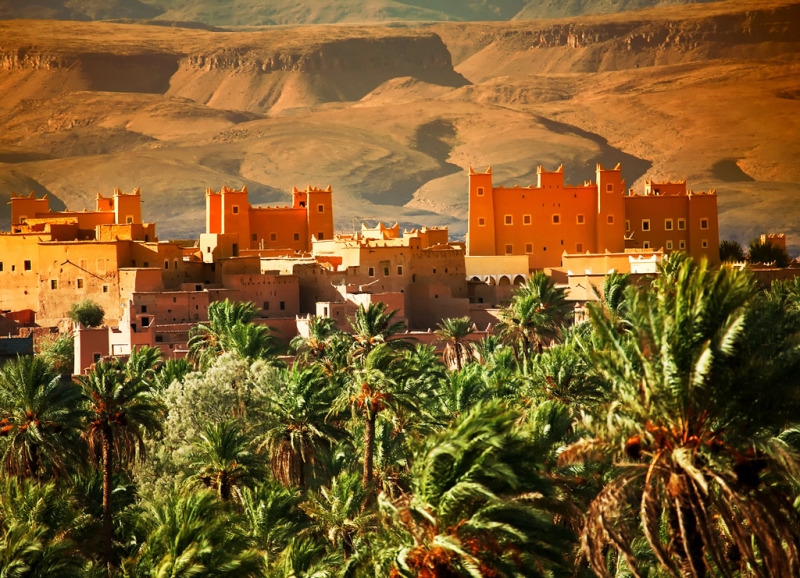
If as a child you read the fairy tales “1001 Nights” and watched the cartoon “Aladdin”, wondering where the city of Agroba is located, you can rest assured that a trip to the Kingdom of Morocco will fulfill your childhood dream of seeing the “magical The East, where is enchantment and revenge, courage and honor, palaces and sand.” Today we have compiled for you not just a list of Moroccan attractions, but a whole route from the ocean to the desert through the most interesting and memorable cities.
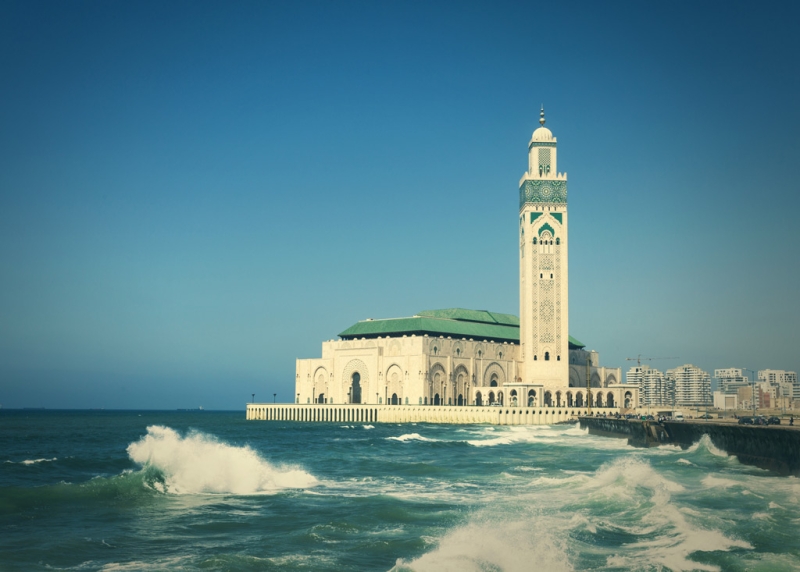
Casablanca
Casablanca is the largest and most developed city in Morocco, and its international airport receives the largest number of tourists in the country, so this is where we will begin our journey. Most of the city is made up of industrial areas, but there is also an authentic historical center, beautiful buildings from the French colonial era, and good markets. In Casablanca, you must see the Hassan II Mosque, which was built over five years by the painstaking work of 6,000 Moroccan artisans. The majestic building is decorated with detailed mosaics, marble columns and floors, stucco moldings and carved ceilings. True, only Muslims are allowed inside, but from the outside the mosque looks like a real work of art. It will be pleasant to spend the evening in the central square of the city, which bears the name of Mohammed V; it is surrounded by beautiful old buildings built by the French at the beginning of the last century, and in the center there is a fountain with colorful night lighting.
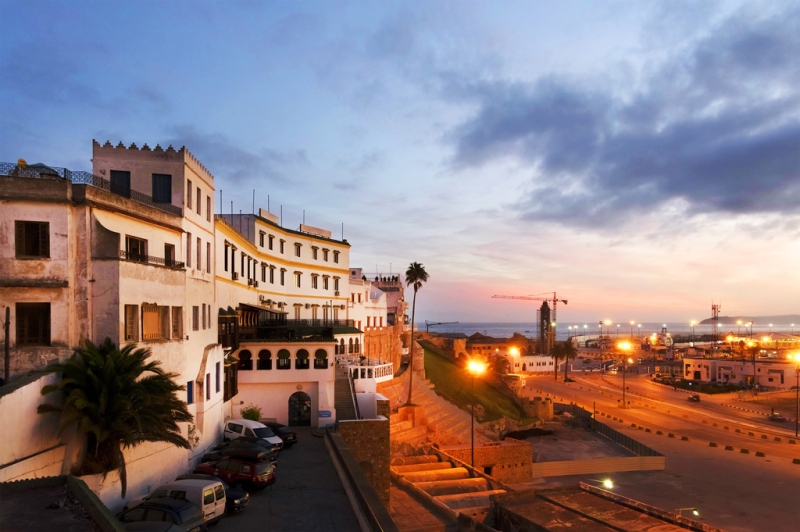
Tangier
After a couple of days in Casablanca, the route heads north along the coast to the city of Tangier. This is the northernmost point of Morocco, a port city, which is washed on one side by the Atlantic Ocean and on the other by the Mediterranean Sea. Tangier has many well-kept city beaches, but the most beautiful ones are located outside the city; for example, the famous caves of the Pillars of Hercules, washed out of the rocks by sea water. The old part of cities in Morocco is called the medina; in Tangier, the medina grew up around an 18th-century fortress built by the Portuguese. The fort’s observation deck offers panoramic views of the Strait of Gibraltar, and in clear weather you can see the coast of Spain. The medina is really big, so as you walk through the narrow streets you will see large mosques, palaces and ancient houses. The brightest and busiest place is the “Grand Bazaar”, where, in the best traditions of Arab countries, merchants noisily invite visitors, and at the crossroads the crowd of onlookers is entertained by snake charmers, fakirs and dancers.
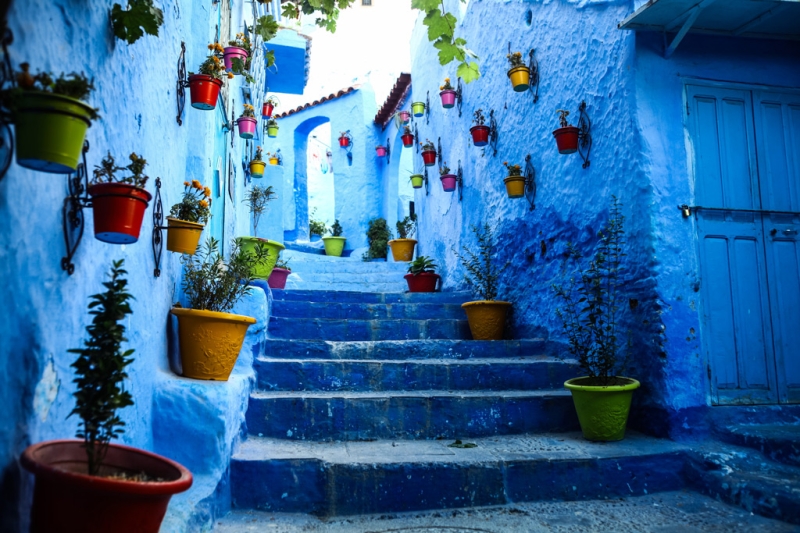
Chefchaouen
The time has come to leave the coast and move towards the Rif Mountains. The next destination is Chefchaouen, a sky-colored city on the slopes of the Rif ridge. Chefchaouen was founded at the end of the 15th century by an emir who arrived in Morocco from Andalusia. Subsequently, many Spanish Muslims and Jews moved here, who built the city in the image and likeness of their native provinces. For many centuries, the city was considered sacred, and non-believers who decided to go there faced the death penalty, which is why the unique medieval architecture has been preserved to this day. A distinctive feature is that the vast majority of buildings in the city are painted blue. They say that houses were painted in shades of blue, since this color reminds believers of heaven and God, but the following version seems more plausible. In this part of Morocco, the bright sun shines all year round, reflecting off the white buildings it blinds the townspeople, so the walls need to be painted. The blue hue is easily obtained from the woad plant, which grows in abundance in North Africa and was used by the ancient Egyptians; when added to plaster it gives a heavenly hue. The best thing to do in Chefchaouen is to walk from dusk to dawn with your camera in hand, and be sure to try the famous local goat cheese.
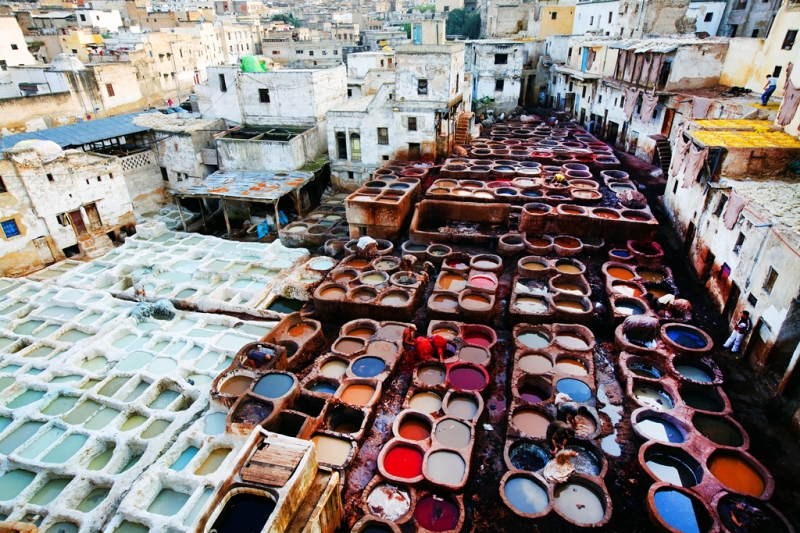
Thes
The next stop on the way to the desert is Fez, Morocco’s oldest imperial city. The medina is called Fes El Bali and consists of 9,400 narrow streets in which it is difficult not to get lost. The old part of the city is included in the UNESCO World Heritage List as the cultural and spiritual center of the country, while the new part, built by the French, will captivate you with picturesque wide boulevards lined with fashionable shops and modern cafes. Fes El Bali is like a huge anthill, in the labyrinths of which life is in full swing; Walking along it, you will certainly see local artisans at work, colorful merchants in authentic carpet shops, gardens, minarets and squares with beautiful mosaic fountains. Even the gates to the old city themselves impress with their monumentality. Be sure to visit the palace square and art museum located in the Dar Batha Palace. To unwind after long walks, go to the relaxing steam bath hammam, and if you are already thinking about souvenirs, the city of Fes can be stocked with quality leather goods.
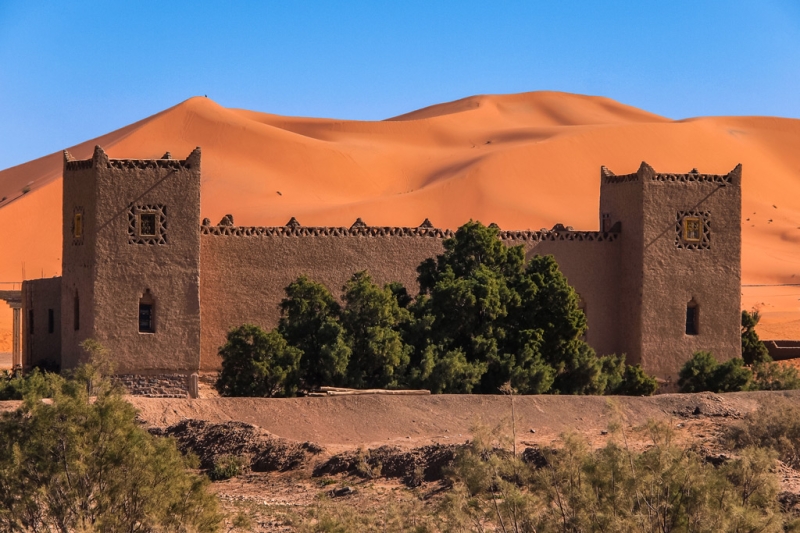
Merzouga
The time has come to get close to the Sahara Desert, and the last frontier on the way is the small city of Merzouga. The dusty town cannot boast of either ancient architecture or modern infrastructure, but it very clearly shows tourists what real life is like on the edge of the desert. If you’re lucky enough to be traveling through Morocco in late winter, visit Lake Dayet Srgy to the west of the city. After heavy rainfall, it fills with water and becomes a real oasis with flocks of pink flamingos and storks.
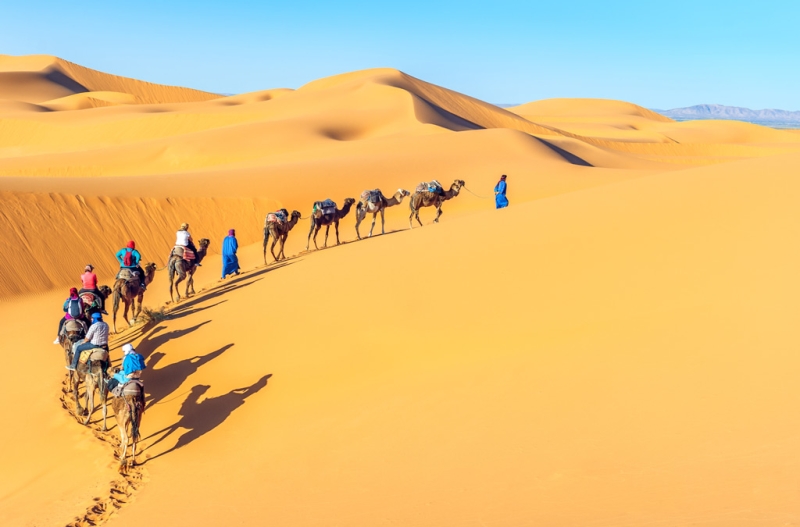
Sahara Desert
The highlight of a trip to Morocco will be a camel ride into the endless dunes with an overnight stay in a tent under the star-strewn black sky of the Sahara Desert. Small caravans of tourists leave from the city of Merzouga every day. During the trip, you will try traditional dishes of the desert inhabitants, hear real Berber songs and music, and get acquainted with their way of life and culture. If that’s not enough, you can get a bird’s-eye view of the desert during a hot air balloon ride, and then ride across the giant dunes on ATVs, skis or snowboards!
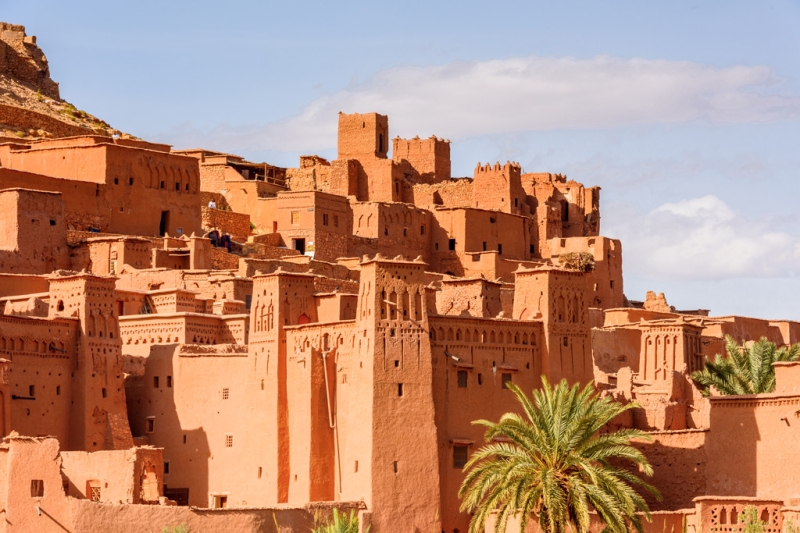
Ait Ben Haddou
Moving southwest along the desert border, stop at the city of Ait Benhaddou, which appears among the lifeless sands like a mirage under the scorching sun. In ancient times, caravans passed through it; here tired travelers could rest and replenish their supplies of water and provisions. Today, Ait Benhaddou attracts tourists with its beautiful multi-tiered architecture and narrow streets that form a quaint labyrinth of a classic Moroccan medina. The flat roofs of the lower city levels fold into picturesque terraces, which offer views of the vast expanses of the desert. Many famous films were filmed in the vicinity of this city, for example, “Gladiator” and “The Mummy”.
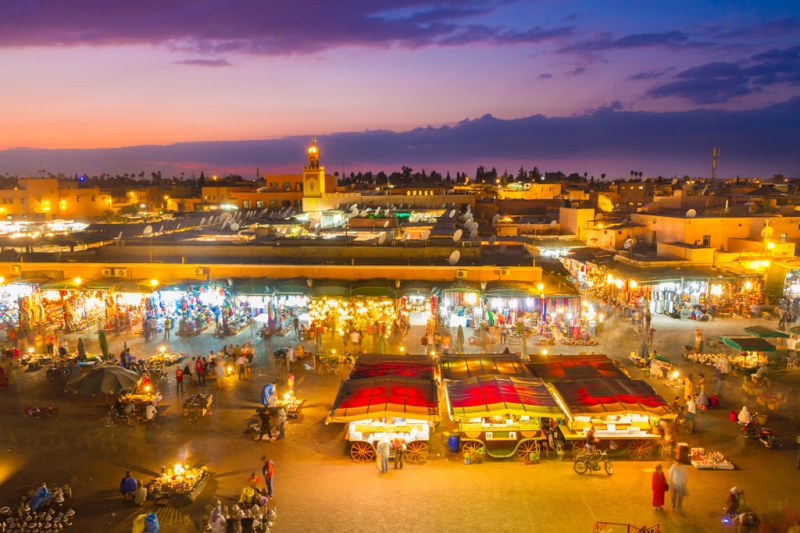
Marrakesh
A trip to Morocco would not be complete without visiting the city of Marrakech at the foot of the Atlas Mountains, where we propose to complete a long and eventful journey. Marrakech is often called the “red city” because its adobe houses have a reddish tint. Jemaa al-Fna Square in the center of the medina does not know what peace and tranquility is: all day long trade is in full swing here and the performances of street musicians, acrobats and storytellers do not stop, and at night the square turns into a huge open-air restaurant where you can try any traditional and exotic dishes. Marrakech is also famous for its lush gardens and parks, olive groves and majestic palaces. In the old city, it is worth looking at the Koutoubia Mosque, which is 77 meters high. We recommend spending the last days of the trip in a relaxed mode, sitting in tiny cafes, leisurely sipping the famous Moroccan mint tea, wandering through the markets, shopping for souvenirs and gifts for friends, and gaining strength for the upcoming stories about your impressions.
When traveling, pay for purchases with a OneTwoTrip loyalty card, and up to 10% of the order amount on OneTwoTrip, as well as up to 2% of any purchases paid for with the card, will be returned to your account.
Making online hotel reservations is convenient and easy on OneTwoTrip.

